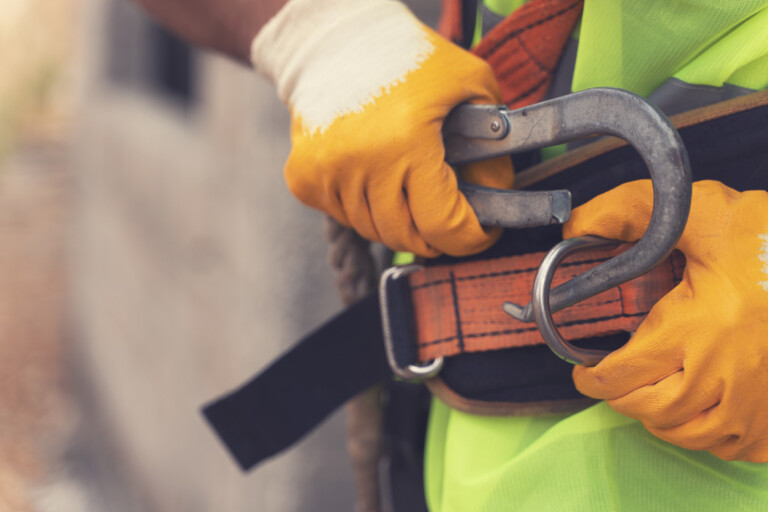
By Satinder Sidhu and Pavneet Grewal
A recent decision of the British Columbia Supreme Court, Lonsdale Quay Market Corporation v Klondike Contracting Corporation, 2024 BCSC 1605, clarifies the mechanism under the Builders Lien Act, SBC 1997, c 45 (the “BLA”), for owners to remove claims of lien from title to the lands and reinforces the importance of strict adherence to the legislative scheme. In particular, the decision highlights the risk to owners if payments are made to a contractor after the owner has actual notice of a subcontractor’s lien.
Facts
Lonsdale Quay Market Corporation (“Lonsdale”) entered a contract with Klondike Contracting Corporation (“Klondike”) valued at approximately $5.2 million under which Klondike agreed to act as the general contractor for renovations to Lonsdale’s property (the “Contract”). Lonsdale held back 10% of the Contract value (the “Holdback”), as required under section 4 of the BLA. The parties agreed that the Holdback totaled $521,008.
Klondike engaged various subcontractors to complete the work required under the Contract, including J.A.W. Fabricators Co. Ltd. (“J.A.W.”). Klondike failed to pay various subcontractors, resulting in a number of lien claims and certificates of pending litigation being filed against Lonsdale’s property. J.A.W. filed a lien totaling $428,353 (the “J.A.W. Lien”). Notice of the J.A.W. was given to Lonsdale by serving a copy of same on Lonsdale’s registered and records office. Despite having notice of the J.A.W. Lien, Lonsdale continued to make payments totaling approximately $800,000 to Klondike. Prior to completing the Contract, Klondike became insolvent.
This decision arose out of Lonsdale’s application to discharge liability for and cancel the liens and related certificates of pending litigation by paying only the Holdback amount into court. J.A.W. opposed the application based on Lonsdale having paid Klondike despite having actual knowledge of the J.A.W. Lien. The other lien claimants took no position.
Analysis
J.A.W. took the position that in order to discharge the lien claims Lonsdale must pay the value of the J.A.W. Lien plus the Holdback into court. The analysis turned on the statutory interpretation of sections 23 and 34 of the BLA.
Section 23(1) is the mechanism for an owner to discharge its liability for liens by paying into court the lesser of:
- the total amount of the lien claims, or
- the amount owing to the contractor if that amount is at least equal to the legally required holdback.
Section 23(5) says that if the holdback exceeds the legally required amount and the contractor defaults, the amount owed by the owner does not include any amount required to complete the contract. In this case, the total of the lien claims far exceeded the amount owing by Lonsdale to Klondike. Therefore, the amount Lonsdale was required to pay into court was the greater of the amount owing or the Holdback.
Section 34 outlines the rules to determine the “amount owing”. The specific rule relevant to this case is at section 34(2)(c), which provides that a payment made after the owner has actual notice of a filed lien claim does not, to the extent of the lien, reduce the amount owing. Section 34(3) on the other hand, provides that despite section 34(2), on the contractor’s default, an owner may apply money held in excess of the required holdback to remedy that default.
The court held that Section 34(3) was inapplicable because Lonsdale made a payment to Klondike after receiving notice of the J.A.W. Lien contrary to section 34(2)(c). That payment did not reduce the amount owing. The Court held that Lonsdale was required to pay into court the sum of the Holdback plus the J.A.W. Lien, totaling approximately $944,000. The result was that Lonsdale double paid the sum of $428,353 first to Klondike and then into court to remove the liens.
Key Takeaways
The BLA sets out a series of specific and precise rules for owners to clear title and the court will consider the plain meaning of the legislation. As an owner, no payment should be made to a contractor under which liens have been filed without legal advice so as to avoid double payment. It is noteworthy that J.A.W. was well advised to serve a copy of the J.A.W. Lien at Lonsdale’s registered and records office so as to be able to prove that Lonsdale had actual knowledge of the J.A.W. Lien before it advanced further payment to Klondike.




